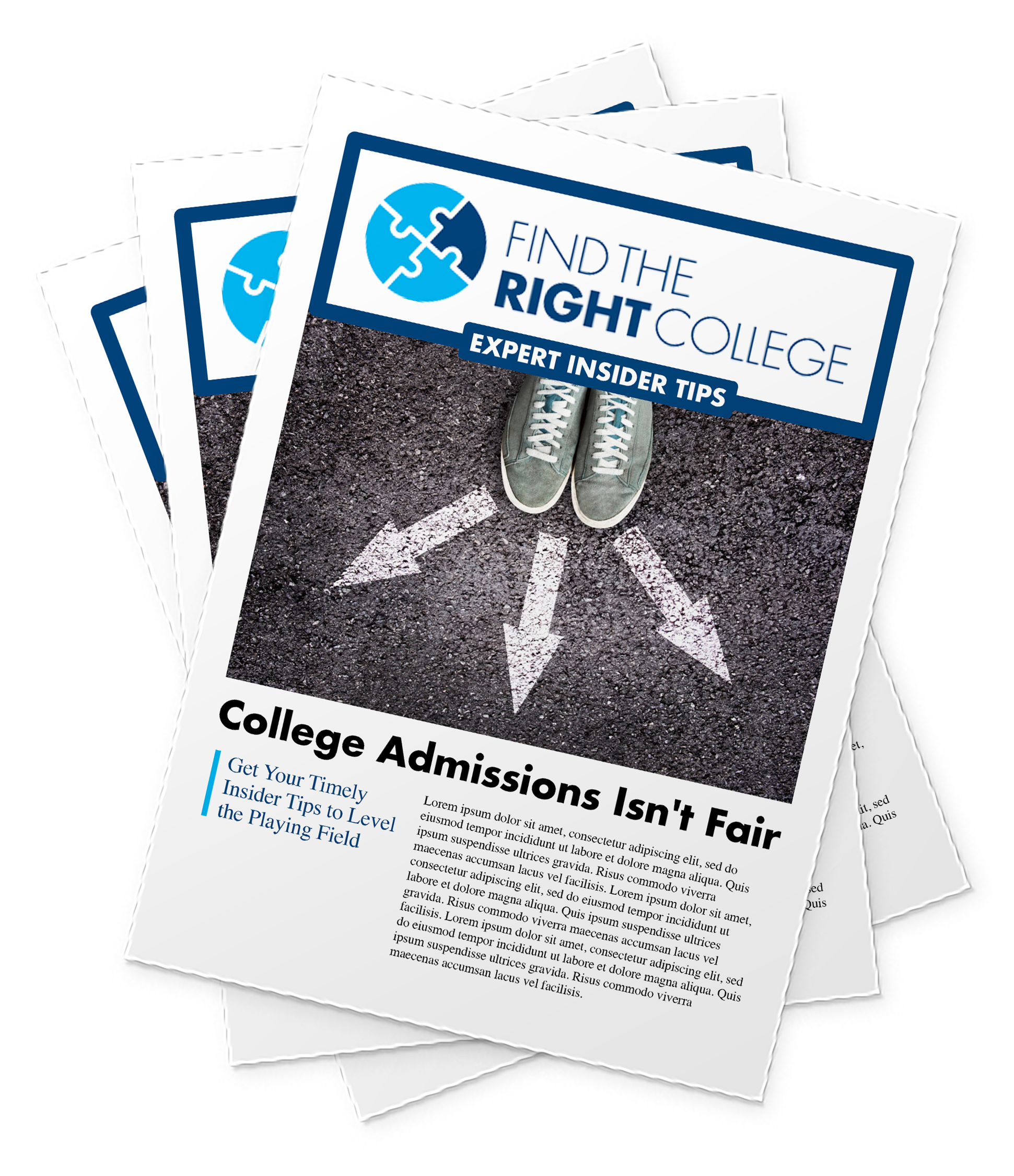Note: This post is a companion post to Considering a Gap Year? Maybe You Should (Part 1).
Twenty-two year old Heisman Trophy winner Kyler Murray (University of Oklahoma) will decide soon whether he’ll go pro as a football or baseball player. That’s a huge professional choice forced on him at a young age. I bet he wishes he had more time to make that call. As an 18 or 19 year-old High School Senior, you may not be facing such a clear fork in the road, but you are tackling a critical decision: where and when will you go to college? Like Kyler, I trust you’d like and/or benefit from more time. Unlike Kyler, you can probably pump the brakes on parts of your decision making.
Most colleges will allow you to defer your enrollment for a year. And many students would benefit from taking a year between high school and college because of a premise I borrow from a sharp-minded recommendation letter I remember from 20 years ago. It read, “unlike most 17 year olds, she’s intentional in everything she does.” Though this assertion was likely a stretch – after all, I’m still striving to be more intentional at greater than twice her age – the recommender’s central premise is strong.
That foundational premise – we tend to become more intentional as we age – is the backbone to my support for a Gap Year in Part 1 of this blog. Makes sense, right?! We get to know ourselves better by expanding our experiences and take better advantage of opportunities thanks to broadening our experiences.
So, what can you do with that in terms of practical steps? If you now want to take a Gap Year, first, look into the Gap Year policies at your college of choice. Most colleges are happy to have you defer your enrollment for a year. They just ask that you complete basic forms after you’re admitted. A few even commit their own resources (in the form of advisors and financial assistance) to helping their admitted students make the most of a gap year.
Next, explore potential activities and work you’ll tackle for that year. The resources to help you with that research are expanding quickly, because more and more American teens are pursuing Gap Years. The Gap Year Association will give you access to many resources. They use the following graphic – that I love – as a framework for considering your gap year options and, more importantly, identifying purpose.

You can also attend fairs about Gap Years in many cities around the U.S. Online resources about gap year options also abound. Lists such as this one for brainstorming ideas or this one for seeing specific overseas job options or this one for volunteering opportunities will help you refine your thinking. Many Gap Year students also seek entirely different types of education experiences through programs like those offered at NOLS. In your research, don’t forget to keep the above graphic in mind.
While insightful, that graphic may mask the importance of identifying what YOU NEED MOST from your Gap Year. Maybe it’s most important for you to save money, take a break from the grind of academics, have time to practice a sport, gain a specific credential or support a family member. All of these primary goals (and others) can serve as the foundation for a meaningful Gap Year. And being mindful of these primary goals can help nudge you toward greater intentionality… toward a richer college experience.
Fitz has dedicated the entirety of his 28 year career to encouraging higher education opportunities. He worked in the Vanderbilt, Duke Law and St. Lawrence admissions offices prior to serving as an enrollment management consultant for 200+ selective colleges around the country. He created Find The Right College to make trustworthy college counseling more accessible. Fitz is also the father of two teens so he also understands first-hand the challenges associated with a college search.



